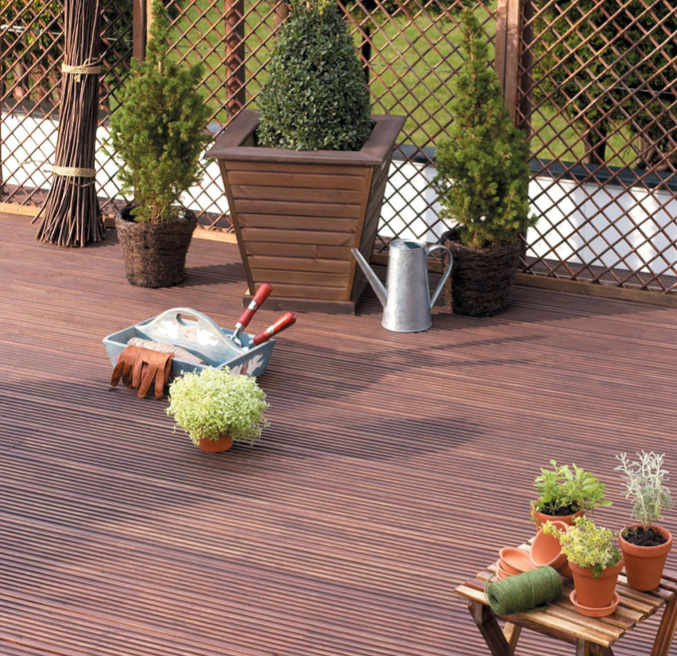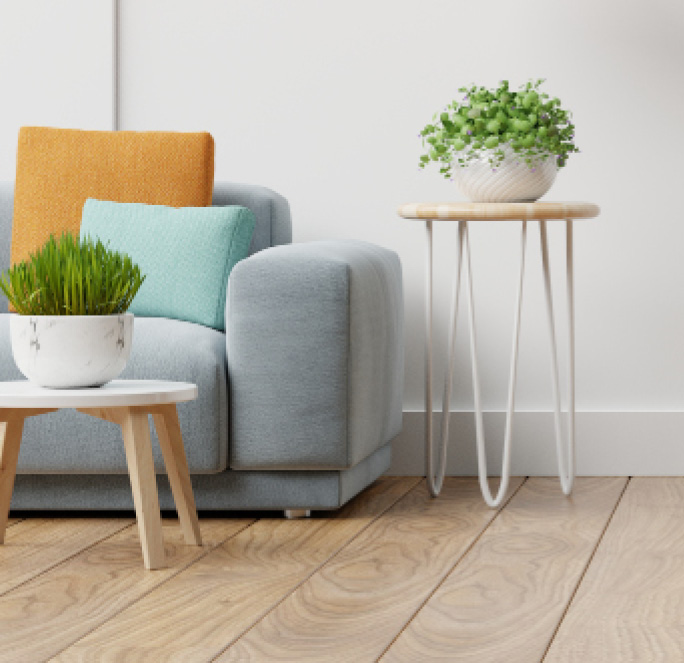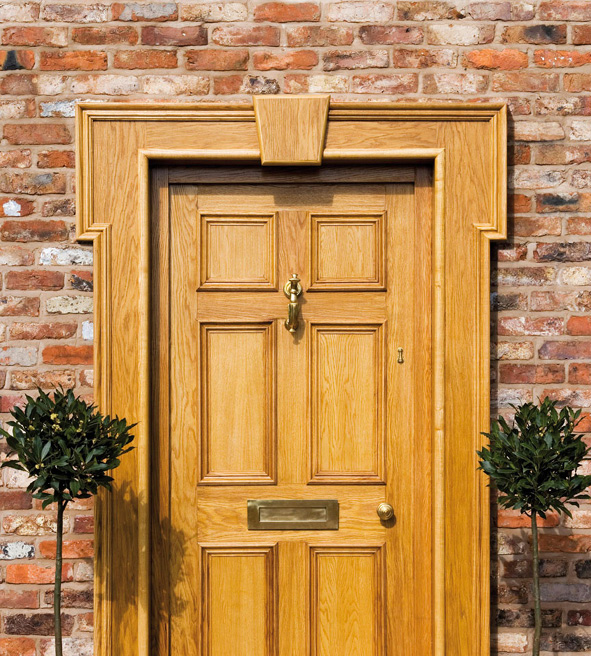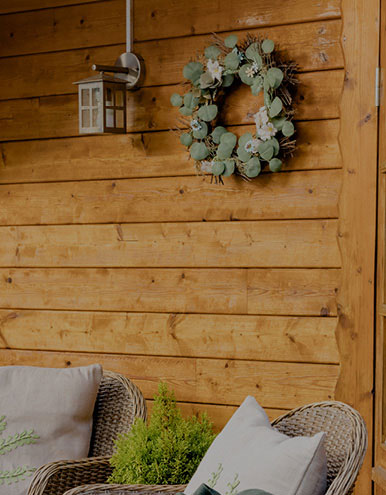Sadolin is a superior woodcare range with advanced technology underpinned by over 200 years of history.
Part of the Crown Paints family, Sadolin is a superior brand, helping to protect exterior wood for longer, keeping those chosen garden colours fresh and brighter. It provides the best wood protection, care and treatment products for interior and exterior woodwork and garden furniture. From decking protection to wood fillers, the Sadolin range uses advanced coating technology and years of industry expertise, to produce woodcare products that truly protect and enhance. Suitable for those looking to zhuzh up their space- explore the entire Sadolin range as you allow your mind to discover the endless possibilities.
See products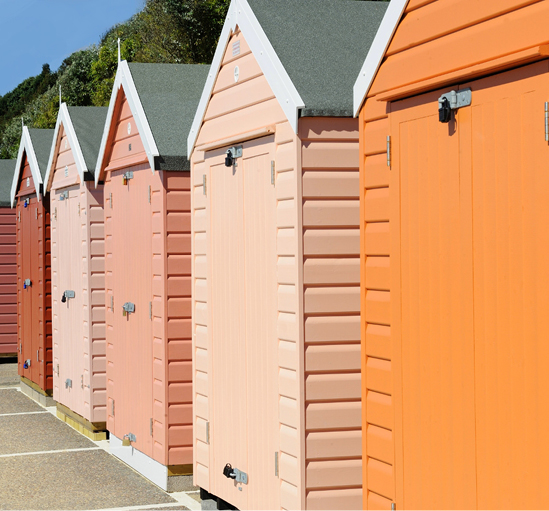
Exterior Protection
The upkeep of building exteriors is of paramount importance in both home and professional settings. In order to protect a building's exterior successfully, it is key that you use specialist products with long lasting results. Maintain and protect your home’s exterior with our expert range of Exterior Protection products.
See products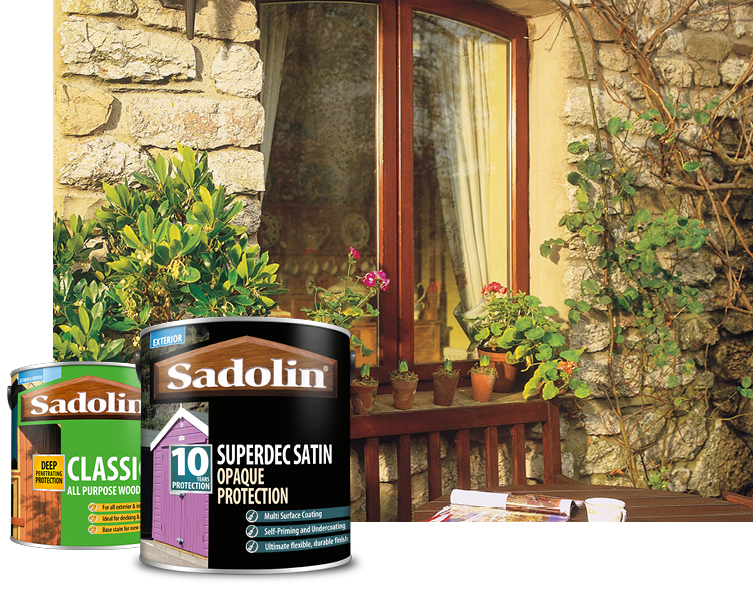
Interior Protection
From banisters to cupboard doors and more - interior woodwork protection is vital and requires expertly developed products such as the specialist varnishes developed by Sadolin, in order to release your interior wood work’s full potential.
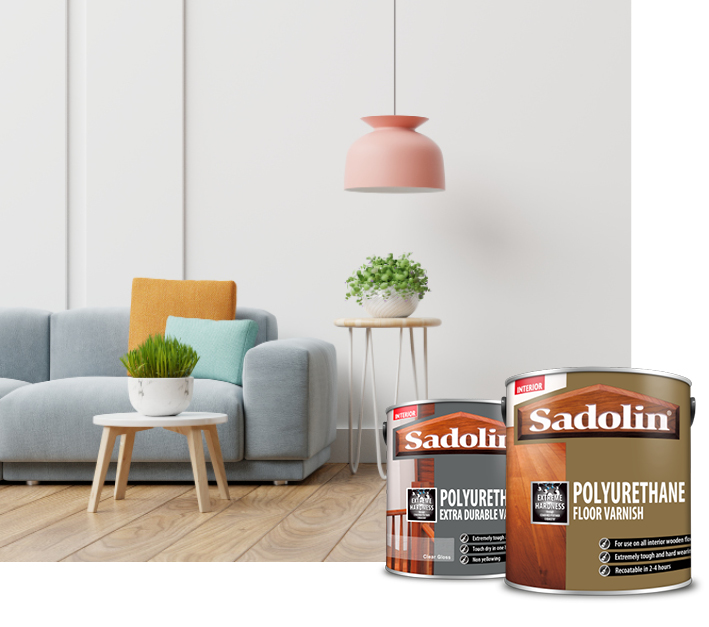
Garden Furniture
Your garden deserves to look it’s best all year round, whatever the weather. Our collection of Landscape & Garden Architecture products are perfect for fences, garden furniture, summer houses and decking.
See products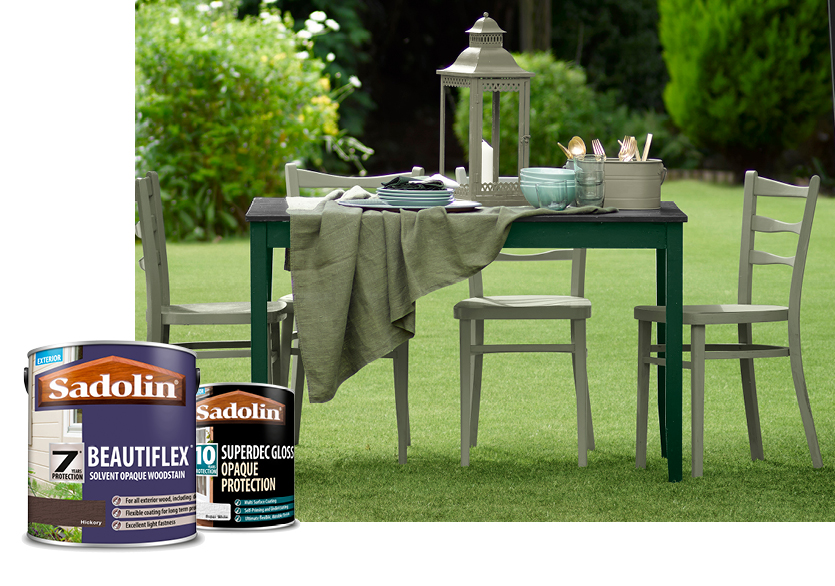
Be Prepared
Preparation is key to any DIY project, particularly when it comes to wooden materials. With Sadolin’s preparation range you can pre-treat and prepare exterior wood to ensure you get your desired finish.
See products
A bit of Inspiration
